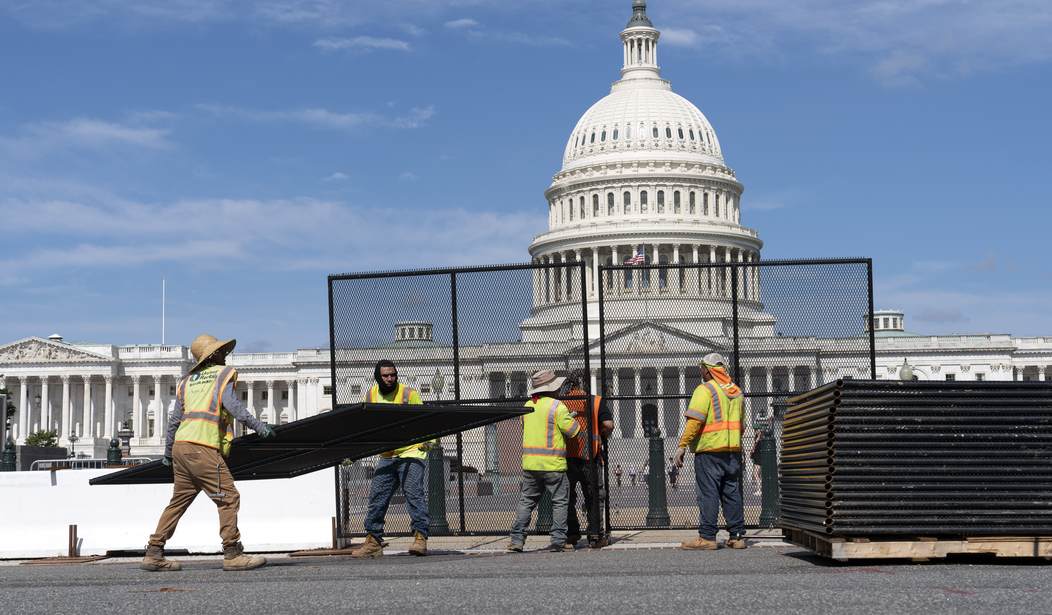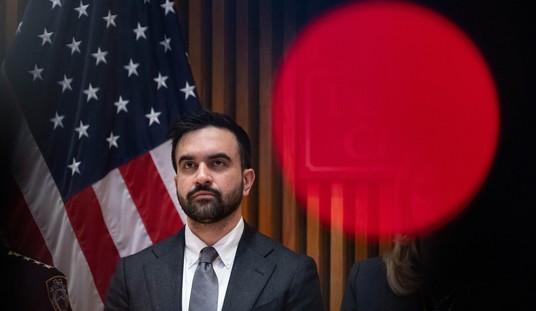I’ve never watched, from start to finish, a Mr. Potato Head (Brian Stelter) segment. I’ve watched parts (so you don’t have to), but with each tick of the second hand clanging in my head, like barbarians pounding at the gate, I could feel synapses snapping. I don’t mean firing, I mean blowing, like a transformer getting zapped. It might take me a week of therapy to get over the banality of what I watched.
I took a bullet for the team. You’re welcome.
Reporters @hunterw & @Grace_Segers say they’re still suffering from “PTSD” pic.twitter.com/mknp0OvD3k
— Tom Elliott (@tomselliott) January 2, 2022
Two journalists joined Brian Stelter to discuss their J6 trauma.
The in-studio guest was Hunter Walker. Walker writes a newsletter called “The Uprising.” He’s written for Rolling Stone and the Atlantic, and he’s writing a book he calls “progressive politics.” Rolling Stone has a history of publishing stories it gets sued over, and the Atlantic is well, just garbage.
Grace Segars was the other guest. She writes for the “New Republic”. The New Republic has gone online — meaning no one was buying the physical mag. Its online readership is unknown because it doesn’t submit circulation numbers. In 2014 it had a monthly online readership of around 400,000 which in the online world is equivalent to a New Hampshire gardening blog called Nana ‘n the Garden.
The New Republic is likely best known for the Stephen Glass scandal. You might not remember it. (Then again, you might not ) Glass was a reporter for the New Republic, back when it had more than 12 readers. Glass fabricated dozens of stories, and the crack team of New Republic editors didn’t notice for about a year.
So, back to “Reliable Sources.” Stelter asked Hunter and Segars about their PTSD from J6. Stelter teed up questions for Walker about what he watched. I admit I have a built-in aversion to any leftist named Hunter. Leftist and named “Hunter”… that had two strikes from the start. Sorry, not sorry.
In any event, Stelter asked him to explain why there was a “disconnect” between people who watched “J6” on TV and those “who were there.”
Mind you, Hunter was “there” but not really “there.” He didn’t see the Buffalo Headdress dude walking around and baying at the moon while inside the building. He didn’t witness Ashley Babbitt being killed by Capital police. What Hunter saw was a crowd outside the building. He was outside the Capitol — looking at the Capitol, from the outside.
He recounts his “PTSD” and claims that one of the hallmarks of PTSD is vivid flashbacks — things like, and I quote,
It took a moment for me to realize that people were inside…when I hung up with my editor, it took a moment for me to realize that people were inside. And the thing that rang in my head was, that this is bad….that shooting could break out from either side, at any moment.
Hunter called his wife to tell her he loved her, like he was on the 50th floor of Tower 2 on 9/11. He had to take a moment to “realize” that people were inside.
Then the host asked Segars about how she’s dealing with her PTSD. In a plaintive voice, breaking with emotion, she spoke of her “trauma,” and lamented about the trauma of lawmakers and staffers and “fellow reporters” that fateful day. Oh, the trauma.
She said she would deal with it “no matter how long it [takes].” Walker also relayed that he wants to look at the Capitol Building someday and “not feel sad.”
My father is a combat vet. My son is a combat vet. Both had friends die in the service of America in combat. Friends of theirs were left wounded and maimed. I’ve listened to their stories and neither had the emotion of these two reporters who watched a crowd of clowns breach the Capitol building. When I listen to reporters who witnessed a riot on January 6th — who describe looking in a window like they were part of the Omaha Beach landing — it turns my stomach.














Join the conversation as a VIP Member